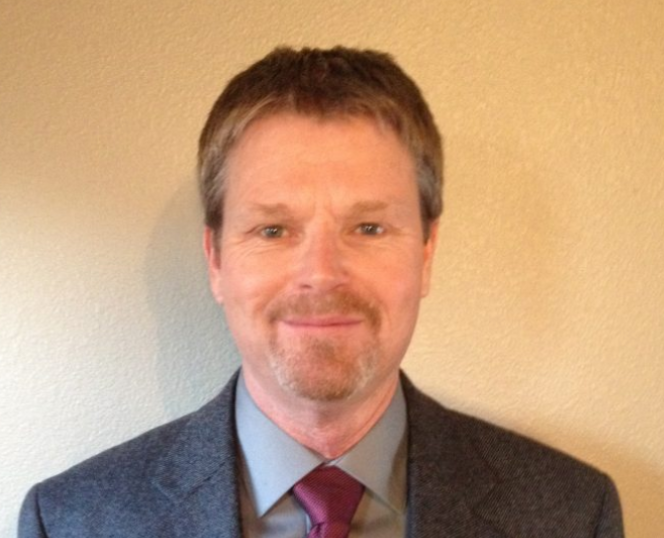
Now is the time to finalize plans for kochia (aka fireweed) control. Kochia can begin emerging in early February with most kochia emerging by early April. Kochia seedlings emerge in dense populations and have dense hairs that make adequate post herbicide coverage and adsorption difficult, with disappointing results. In addition, glyphosate-resistant kochia is prevalent across western Kansas, making kochia control even more challenging. For these reasons, it is important to apply pre-emergence herbicides in late winter or early spring to control this weed before it emerges.
To successfully manage kochia, an herbicide program needs two components:
1. a very soluble and effective herbicide that can be incorporated with very little precipitation, such as dicamba; and
2. an herbicide that has longer residual activity, which will require perhaps 0.75 inches or more precipitation for adequate incorporation, such as atrazine.
Precipitation events during late winter are often too small to activate longer residual herbicides, but dicamba may control kochia for 4 to 6 weeks until the longer residual herbicide is incorporated.
The best timing to apply herbicides for kochia control is generally January through the first week of March but prior to kochia emergence, which can vary depending on weather conditions. Later applications, for example, at the time of burndown, are more likely to occur after kochia emergence, which increases the risk of control failure.
If it is difficult for a grower to apply pre-emerge herbicides in early Spring. A Fall-applied treatment can also be effective to help ensure timely application, and good control, however, they are not likely to effectively control later flushes of kochia.
The duration of a fall applied herbicide in early December and combined with a spring pre-emerge application in late February has achieved greater than 80% control of kochia in Kansas. These treatments were conducted in western Kansas by K-State Weed Science specialist. They used three different treatments and each one was equally effective. They were ATZ + Clarity + Sharpen; ATZ + Clarity + Zidua; and Atrazine + Clarity.
Join us for the last “Crop Talk – virtual webinar” on Tuesday, February 28th at 12 noon to 1 p.m. If you have not already done so you will need to register in order to get the link to the Zoom or YouTube connection www.northwest.ksu.edu /events
Wheat Rx Schools scheduled for early March
A Wheat Rx School is to be held on March 8 in Russell at Fossil Creek Hotel, 1430 South Fossil Street. Wheat Rx is a partnership between Kansas Wheat Commission and K-State Research and Extension to disseminate the latest research recommendations for high-yielding and high-quality wheat to Kansas wheat farmers.
These two Wheat Rx schools will have speakers sharing the most up-to-date wheat research information on how to manage your wheat crop not only for yield but also for quality and sustainability, as well as industry partners sharing how growers can capitalize on high protein wheat. Detailed agendas for each school are being finalized and will be shared soon.
Registration for the event is $110 for non-members of the Kansas Association of Wheat Growers. However, members (including new members) will receive one free registration. Lunch and meeting materials are included with the registration fee. Online registration is open at https://kswheat.com/wheat-rx-registration-page or call your local County or District Extension Office.
Stacy Campbell is a Crop Production Extension agent in the Cottonwood District (which includes Barton and Ellis counties) for K-State Research and Extension. You can contact him by e-mail at [email protected] or by calling 785-628-9430.



